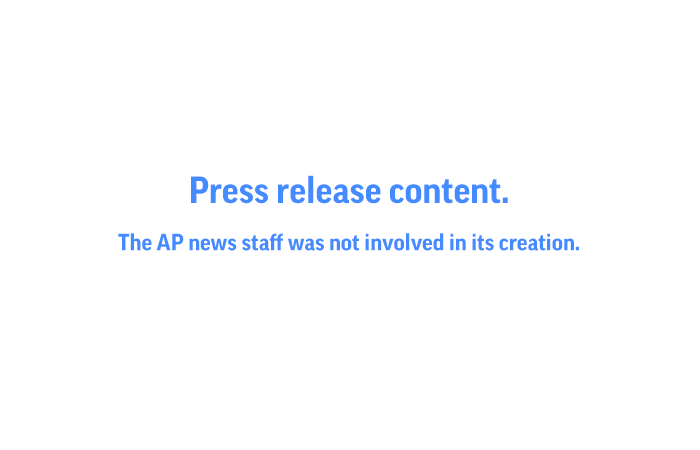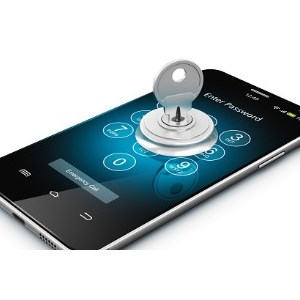JumpCloud Protect: One-touch featured mobile MFA app
JumpCloud announced JumpCloud Protect, a one-touch multi-factor authentication (MFA) solution that makes it easy for IT admins to deploy and enforce MFA without adversely impacting end users.
Available for iOS and Android devices, JumpCloud Protect enables simple and efficient “touch to verify” functionality for employees when accessing corporate IT resources authenticated by the JumpCloud Directory Platform.
JumpCloud Protect is a fully featured mobile MFA app, that allows employees authenticating into protected apps and resources to verify themselves directly from their corporate-issued or BYOD mobile device. JumpCloud Protect:
- Installs on both iOS and Android devices
- Simple “one-touch” accept or deny functionality to verify an identity when accessing IT resources
- Alternate Time-based One-time Password (TOTP) token-generation capabilities for any JumpCloud authenticated resources or users’ personal online accounts requiring second factor verification
“Our IT team is challenged with a number of requirements. Making employees happy and productive, reducing the total cost of equipping them with the right IT tools, and ensuring we are keeping the company secure while people are remote is our new normal,” said Randy Tanenhaus, IT Manager at ClassPass. “I like JumpCloud’s direction. JumpCloud Protect means we can give our employees the simplest verification solution on the market. Without disrupting their work, we really know it’s them. Further, I have been able to think about other critical priorities versus evaluating, buying, and integrating a 2FA solution into our identity strategy.”
“At Employee Zero, we’ve been implementing JumpCloud solutions for our clients for the past six years,” said James Martin, director at Employee Zero, an IT consultancy and managed service provider. “In that time, we have seen so many exciting advancements in features and value-adds to the platform. JumpCloud Protect is a major leap forward in keeping identity and security in one easy to manage place for both the end user, and for us as IT support. JumpCloud Protect will reduce the cost of maintaining a separate MFA solution for our clients whilst making things…



